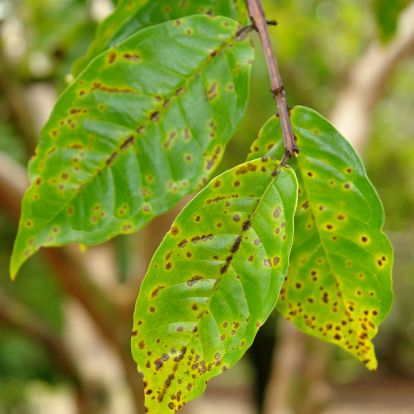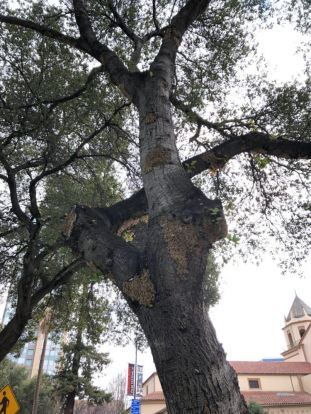Arbor-wellness: Leaf Spot
I see dark spots on my maple leaves and many of them are falling off. Is this a problem?
Your maple probably has a type of leaf spot disease. Leaf spot is a term used to describe a wide variety of diseases affecting the leaves of ornamental and shade trees. The majority of leaf spots are caused by fungi, but some are caused by bacteria. Leaf spots on trees are very common. They often result in some leaf drop. When the leaf drop is severe, your trees can be at risk of suffering damage until they recover.
How does it spread?
Most spread by rain or water splashing on their leaves. They often overwinter on fallen leaves, so leave removal in the fall we reduce many of these diseases. There are many different leaf diseases and some require fairly specific treatment, so having a professional help identify a management plan is critical.
How do they affect tree health?
If you think of a tree as an energy factory, the amount of leaves and the time they stay on the tree greatly influence the amount of energy they produce and store throughout the year. (Think photosynthesis.) when a tree loses the majority of its leaves from a leaf spot disease, the tree cannot store enough energy over time and becomes more susceptible to other diseases or insects.
Can you treat this disease?
Yes, in cases where significant damage is expected, treating either before or during the infection is appropriate. Preseason protection is always the best, but options exist for treating early before the disease becomes widespread too. Typically, some nutritional feeding is recommended to help the tree recover from the stress of these leaf diseases.
What else can I do?
Some slight changes in how you care for your trees can help reduce the incidence of leaf diseases. Proper pruning to keep the canopy open is the first step. Avoiding overhead watering on the foliage is another important step. Keeping your trees healthy is also important. Be sure to fertilize correctly, though. At Arborwell, we use a nutritional feeding program that is proper for your trees and your soil conditions.
If you are concerned about leaf spot or other problems on your trees, contact your Arborwell arborist to help you create the most effective management plan for them.

